Tailoring Engagement Strategies to Different Industry Sectors
Customer engagement is all about how you interact with your existing and potential customers, both online or offline. The goal of these interactions is to create a positive customer experience with your business.
It's important to understand that as a business, you want to engage with the right audience. For example, if you're a toothbrush brand that is great for gums, you want to engage with people looking for a toothbrush or those facing gum bleeding problems - not with someone looking for car insurance.
Industry-specific engagement strategies are essential, especially for small to mid-size businesses with limited budgets. A targeted approach can maximize return on investment and give you a competitive advantage.
Let’s see examples of tailoring the engagement strategy to your sector.
Healthcare Sector
To enhance patient experience, many health providers send appointment reminders through SMS or email. According to [SOURCE], it can also improve the average 22% missed appointment rate.
Tech Startups
On the other hand, in the tech industry, in-app messages and guided tours can engage the first-time app user and make the onboarding process seamless. Slack is a perfect example of that - offering tips to first-time users and making their onboarding experience smooth.
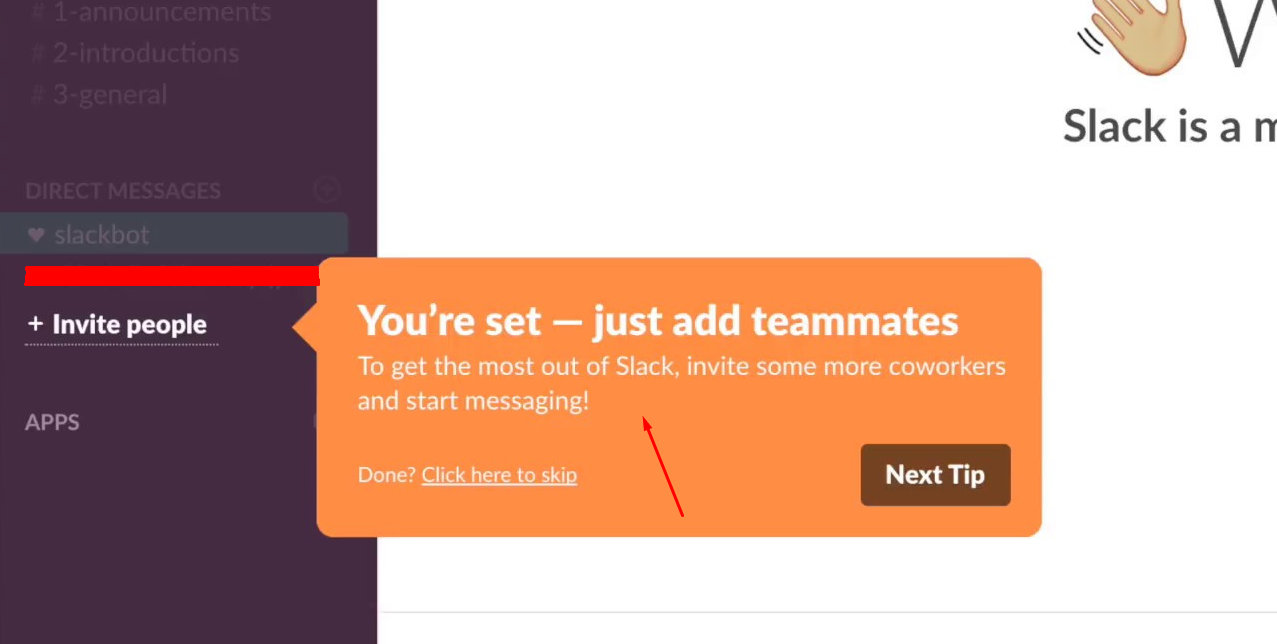
Fashion Industry
Similarly, Warby Parker, an innovative new brand in the eyewear market, is taking customer engagement to a new level. Traditionally, the eyewear market has been considered to be brick-and-mortar.
Warby Parker changed that outlook by engaging its customers with AR tech to try on glasses.
Understanding and Catering to Diverse Customer Personas
Creating customer personas helps businesses gain insights into customer preferences. This information can be used to drive targeted marketing, enhance products, and improve customer engagement.
Importance of Understanding Different Customer Personas
Customer personas will provide businesses with the information needed to target the right group of people:
- What do they like?
- What puts them off?
- What do they buy, and why?
- What do they think about your business?
Personas also help with information such as where customers spend most of their time online, which social media platform they use most to connect with friends and family, etc.
Once you have this information, you'll have multiple opportunities to create better customer engagement.
For example, one of your personas is more interactive on Facebook, while the other one prefers email. This information is important and can be analyzed to create methods for best customer engagement.
Here's an example of a successful customer persona from Maze.
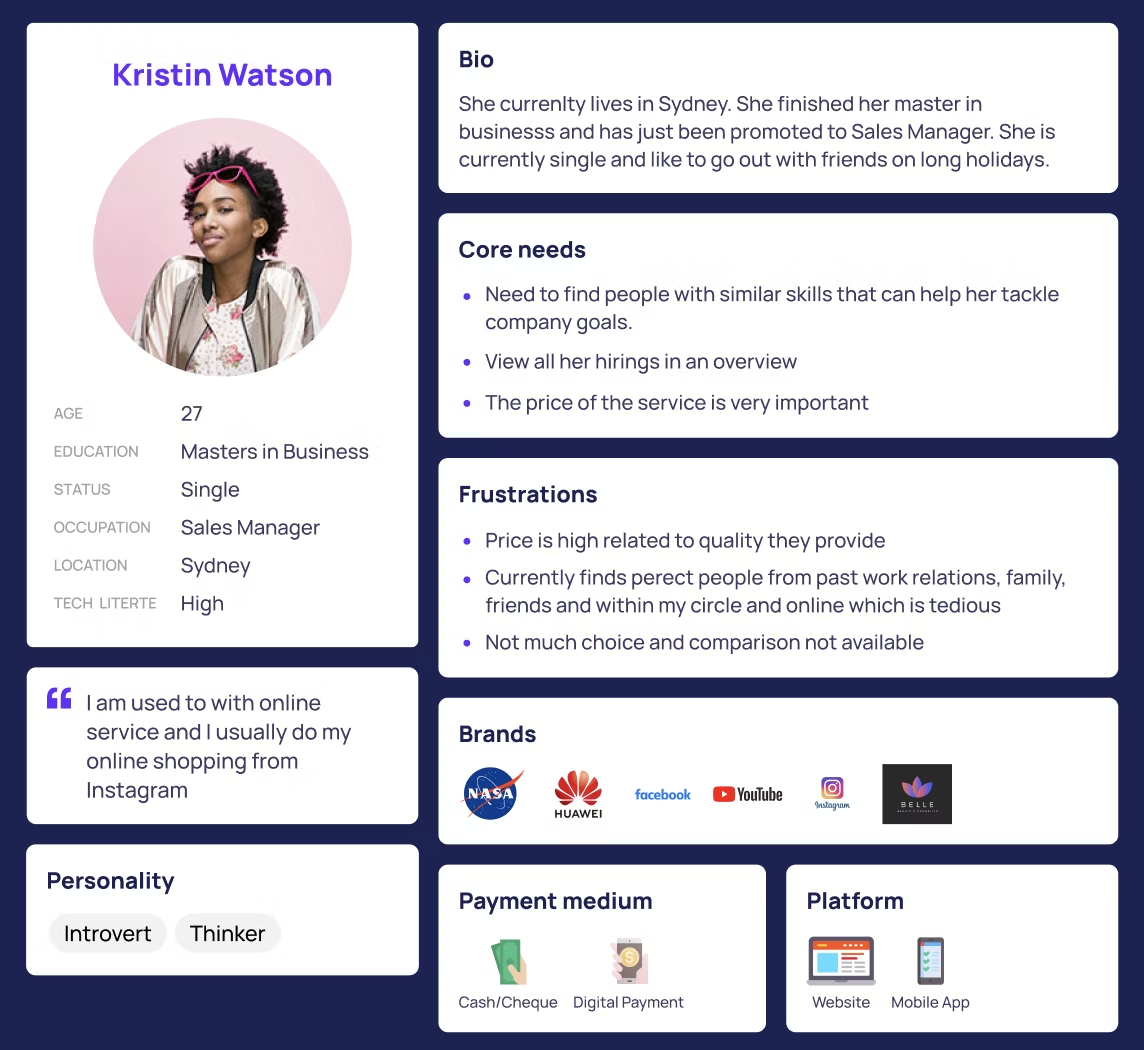
Some Persona-Based Engagement Strategies
Content marketing
Content marketing allows you to learn how diverse your audience’s content preference is and helps you create a strategy that resonates with them. Content types, such as blogs, social media, ebooks, and videos, created for the right persona can create great engagement.

Email marketing personas
Customizing all major aspects of your email, such as subject line, content, copy, design, and CTA, you are more likely to get higher click-through and open rates.
Best Sources For Creating Personas
Here are some sources, businesses could adopt to create customer personas:
- Customer interviews and surveys
One of the best and most reliable ways to gather insights and data on customers is by asking your customers themselves. The goal is to ask relevant, simple, and open-ended questions.
- Analytics and CRM
By using CRMs and analytics data such as shopper behavior, transaction, and clickstream data, you can measure your customer's interaction with your website, social media, apps, emails, etc.
- Online reviews
You can study your customer’s behavior on social media and look out for their emotions, and feedback about your brand and competitors.
Analyzing the Effectiveness of Engagement Strategies
Analyzing your engagement strategies can help you see what's working and what needs changing.
Customer Satisfaction Scores (CSAT)
There's no better way to find out what a customer is thinking than a CSAT survey. It's direct feedback on their satisfaction with your product/service. These scores are tracked on a scale of 1 to 10.
Not sure where to start? Ask simple questions that will help you learn:
- How satisfied were they with the checkout process?
- How well did you serve their needs?
- How did your product compare to competitors'?
Typically, satisfaction surveys are sent through email, but Spartoo takes a different approach. Their survey is on their homepage and includes an incentive for customers to fill it.
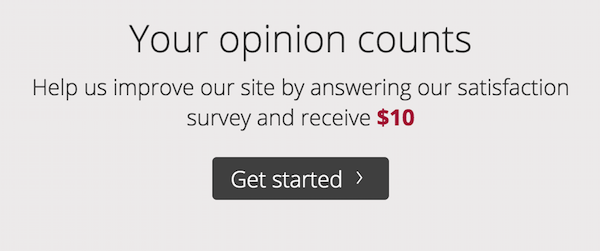
Net Promoter Score (NPS)
The net promoter score (NPS) is similar to the CSAT. Instead of asking about a customer's satisfaction with your company, it focuses on how likely they are to recommend your business to others. It's also measured on a scale of 1 to 10.
The formula for NPS is:
% promoters - % detractors = NPS.
Promoters = people who respond with 9 - 10
Detractors = people who give a score of 7 or 8
Passive = people who give a score of 6 and below.
Let’s explain this with an example and hypothetical numbers. Consider a total number of 100 customers responding to the survey. 70 of them are positives, 20 detractors, while 10 are passive.
NPS, in this case, would be (70/100 x 100) - (20/100 x 100) = 50%
Conversion Rates
Conversion rates are the biggest indicator of success for any business. It's the percentage of customers taking a desired action, whether buying a product or completing a form.
So, how do you maximize your conversion rates?
According to Zendesk, 65% of customers want quick and easy transactions. eCommerce stores can offer that by introducing:
- Multiple payment options
- Guest checkout option
- Transparent shipping and delivery costs
- Minimum number of checkout screens
Meanwhile, SaaS companies can offer the same benefit with a seamless sales process. Monday.com, with its clean and simple pricing structure, is a great example.
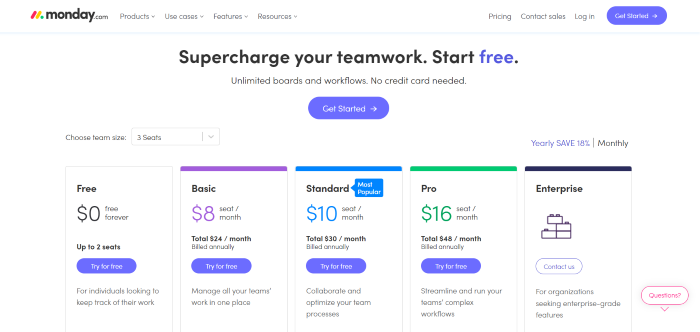
Their conversion rates are high because it only takes a few steps for customers to get the full Monday.com experience.
Customer Retention Rates
Improving your retention rates by 5% can maximize your profits by 25-95%. It indicates the percentage of customers who want to commit to your business in a specific period.
Its formula is:
(# of customers at the end of period - # of customers acquired during period) / # of customers at the beginning f period x 100 = customer retention rate.
Starbucks has the best example of an ideal customer retention rate. At 44%, it surpasses the industry average of 25%. The company has built a sense of community with the help of a rewards program that incentivizes customers to keep coming back.
Engagement Metrics
Lastly, you need to keep measuring engagement-specific metrics across all channels. That includes:
- Website traffic using Google Analytics
- Click-through rates using Mailchimp
- Social media engagement using Facebook Insights, Twitter Analytics, and Instagram Insights
Integrating Customer Feedback into Engagement Strategy
Any engagement strategy is incomplete without the right customer feedback. Here's how to gather and integrate what your customers are saying into your strategy.
Surveys and Feedback Forms
Online surveys, feedback forms, and in-app prompts can be simple ways to get structured feedback. Customers will be able to offer their experiences, preferences, and suggestions for improvement with minimal effort.
Not sure where to start? Send them through email.
Tim Hortons takes an even better approach by incentivizing its customers to take the online survey.

Customers can use their survey codes to get a discount on their favorite coffee.
Social Media Listening
A comprehensive social media marketing strategy doesn't just require interacting with customers online but also listening to them. Social media listening means keeping an eye on what they're saying about your business, even if you're not tagged.
For instance, GymShark has empowered its employees to resolve issues without the customer even contacting them. Here's a great example:
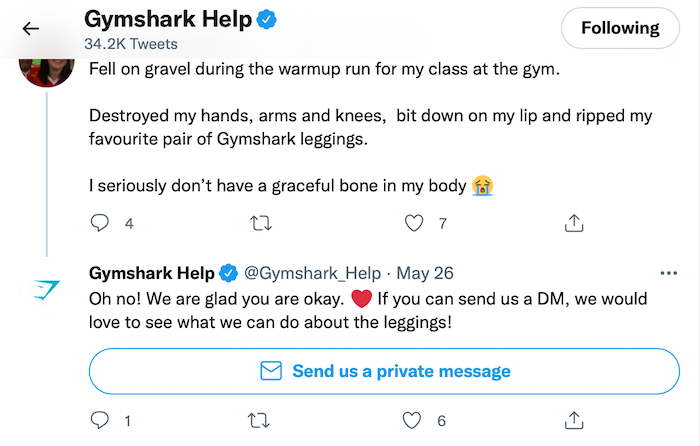
The employees offer real solutions, even if the business isn't at fault. This makes their customers feel valued at every step of the buyer's journey, even when the sale is complete.
To implement social media listening effectively, start by identifying relevant platforms and keywords related to your business. Combine them with social media monitoring tools to track mentions, comments, and conversations about your brand. Tools like Sprout Social, Hootsuite, and Brandwatch are great examples.
Customer Support Interactions
Once your business has enough customers, your website will be incomplete without a customer support chat. Whether via live chat or email correspondence, this is your chance to gather invaluable feedback and maximize your first contact resolution rate (FCR).
In-app chat can be incredibly helpful in this scenario. You'll learn what features customers find tricky and how you can make it easier for them. This conversation from Pipz is a great example:
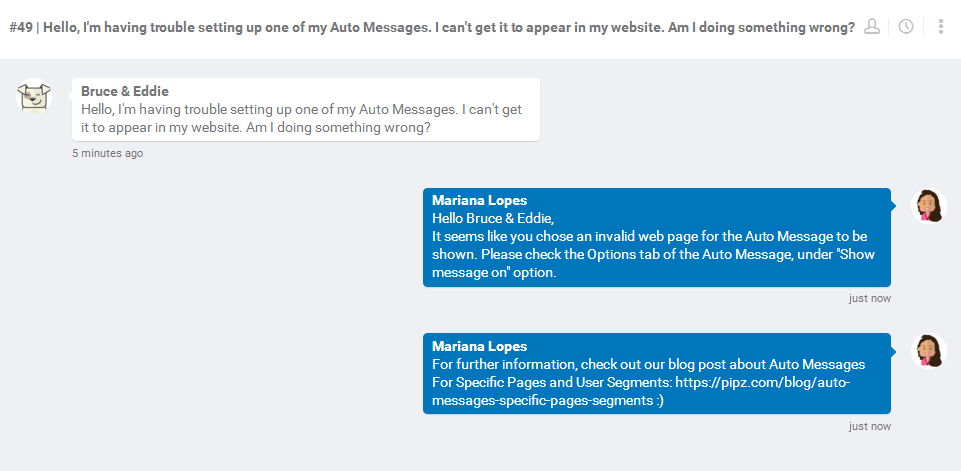
You can also use third-party in-app chat tools to segment users. This will allow you to identify exactly what's stopping your customers from getting the full experience and guide them through their roadblocks.
Quick responses are the most crucial part of an efficient in-app chat. Customers don't want to wait long hours for conflict resolution – 71% believe quick responses are the best service a company can offer.
Engagement Strategies for Competitive Markets
In competitive markets like apparel and biotechnology, it's not easy to capture customers' attention and engagement.
Sure, value-added services, personalization, and consistent brand messaging do a great job of setting you apart. But a great engagement strategy goes above and beyond.
Here's what an engagement strategy will look like in a competitive market.
Community Building
Creating online communities or user forums fosters a sense of belonging and strengthens brand loyalty. These are places where customers can connect, share experiences, and provide feedback. Potential buyers are much more likely to accept advice from another buyer than from the brand itself.
Harley Davidson's Harley Owners Club is an excellent example. Not only does it reinforce the identity of their customers, but it also includes exclusive benefits. Members get:
- Invitations to official events
- Insurance and roadside assistance
- Membership in local chapters
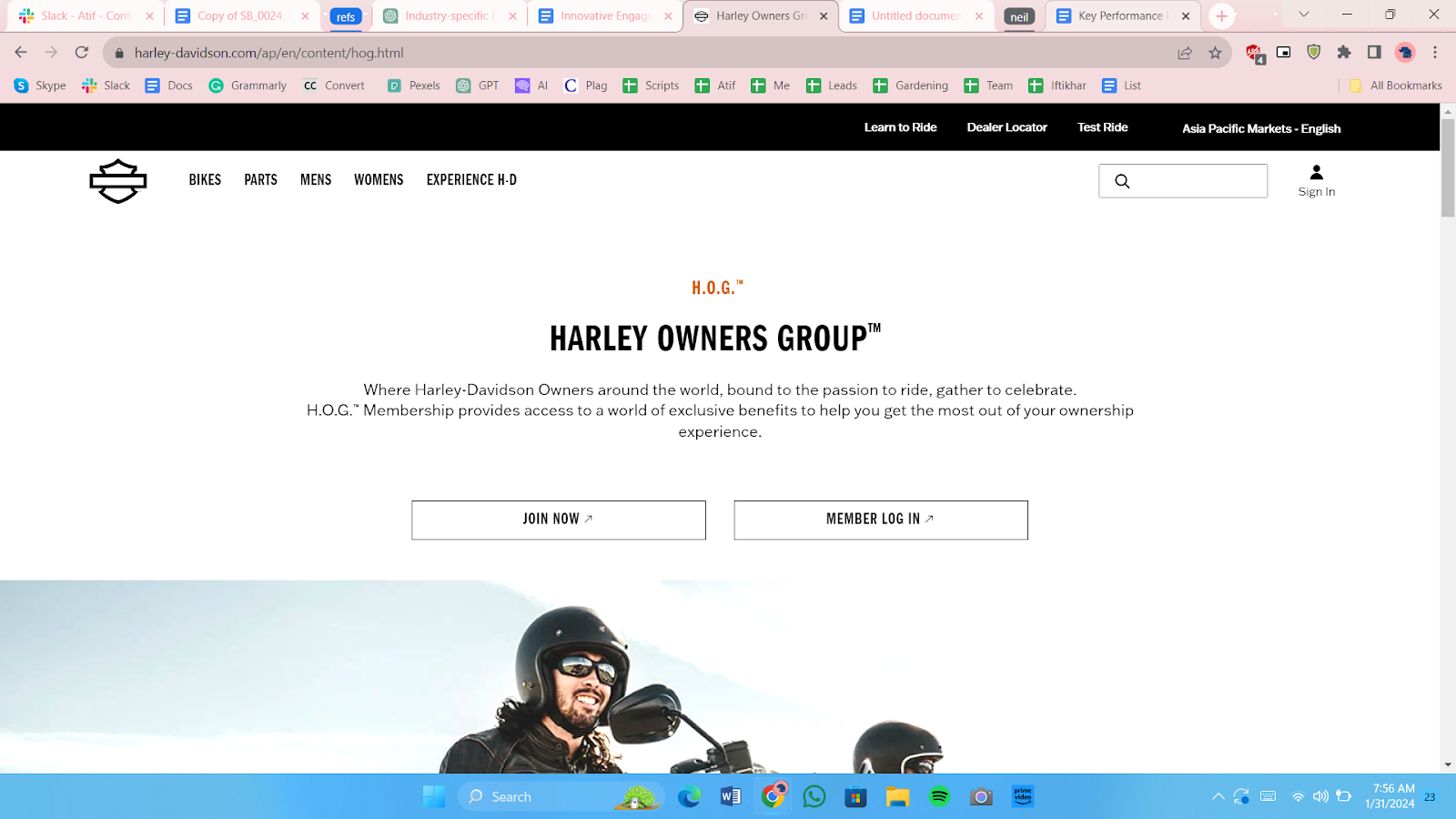
Gamification
Businesses have been enticing their customers with games and seasonal contests for decades. The only difference now is how it's implemented. Thanks to the internet, companies can employ gamification on a larger scale without hassling the customer.
This is the perfect chance for SaaS companies to maximize their engagement rates. The right game can entice customers to stay longer with your platform.
Sure, we can't lengthen our users' attention span for our benefit. But we can keep them engaged and learning with gamified, interactive content.
Quuu Promote shows the perfect example of how gamification can boost engagement.
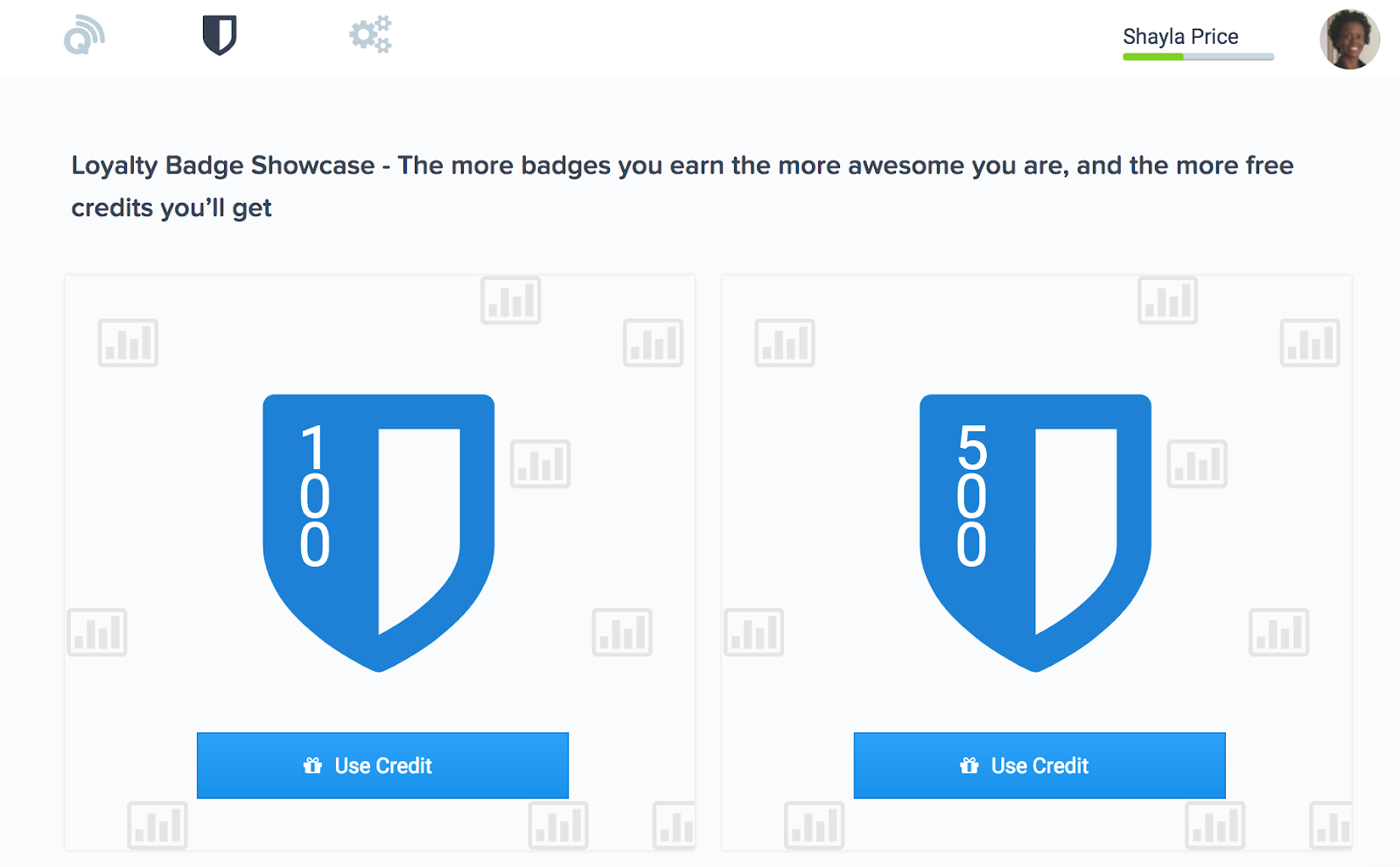
The loyalty badges encourage users to promote more content to earn free credits.
User-Generated Content
Encouraging customers to create content about your company isn't just about engagement. It also builds authenticity and trust. Plus, it maximizes your brand reach with no effort from your end.
When potential customers see that other people like them are using your product, they'll abandon their doubts and enter the checkout page. This is a way to generate social proof.
There's more than one way to collect and share user-generated content. For example, GentleFawn displays pictures from its company's Instagram hashtag in its homepage gallery.